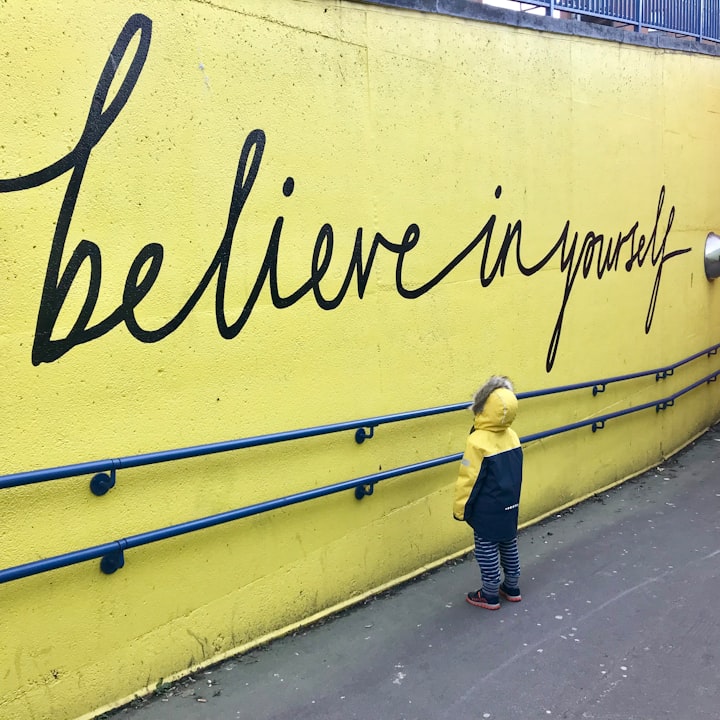Crossing the bridge over no-man's land

Indiana Jones in the Temple of Doom has a “moment of indecision” when halfway across a bridge he realises he’s been cornered by Mola Ram(the baddy) and his henchmen.
He looks back and there’s a hoard of lusty savages baying for his blood, no luck there. He looks ahead only to find an equal challenge ahead. What is poor Indy to do?
Anyone who has introduced change into a corporate environment will empathize with his situation. You know the decision to break away from the past is the right one, you run eagerly and embrace change, only to find half way through the journey, your path to success becomes blocked.
I’ve been working with my test team for a while now moving from a process driven approach to a more of an Exploratory one.
Its not been without its challenges. Some concepts I’ve introduced have been welcomed warmly but the reception to others has been a little icy. In particular, I’ve tried to move the team away from a test case management system. This was met with real concern and there was quite a resistance to the idea.
This troubled me as while I understood their concerns, I knew the system was limiting the generation of new testing ideas.
But how could I overcome this resistance? And really was it worth it? Perhaps the changes I had already made would be enough? The company was already more than impressed with the changes I had made so far.
I felt like Indy at the foot of rope bridge, how the hell was I going to solve this one?
So I stood at my crossroads and dithered. Oh God, did I dither. I ummhed and ahhed and pondered what to do. . But worse, I knew my indecision was making the situation worse, and that the more I dithered, the harder it would be to rid ourselves of the dust bag of tired and well worn ideas.
Indy at this point, decides his only move is to cut the bridge leaving everyone to hang on for their lives.
Fortunately, unlike Indy, I had a reliable and trustworthy sidekick. Together, we set up a task force within the team to attack the problem. After some discussion, we decided our approach needed four cornerstones. They were:
1) Creativity.
However, we tested, our approach needed to enable us to foster and encourage creativity. With creativity comes new ideas, new models, new tests and so discover new bugs.
We’re covering this one with a number of approaches. One is to improve tester skill through practice and coaching. I’ve also created a folder of ideas for people to draw upon to help trigger new ideas.
2) Visibility
We wanted to be able to provide reporting on any testing we do. The reporting has to be simple yet with sufficient detail to ensure that our stakeholders understand what we have tested and why.
We have our trusty whiteboard which mostly hits the spot. We need to be able to pull up our actual testing including results in an easy to manage way. We’re looking into BBExplorer to handle that.
We will also track any essential test results on a wiki in the form of a test report at the end of each iteration.
3) Coverage
We wanted to have some way of ensuring that key functionality/key features are always tested.
We most likely will rely on our test case management system for this, but we’re cleaning out all the dead wood and making the tests lighter and less authoritative.
4) Knowledge
We wanted to create a knowledge base. Our system is complex and it requires in-depth knowledge to test some areas. We want to store that information and knowledge. We also have a serious amount of test data we want everyone to be able to access, modify and improve.
We’ll use our internal wiki for this.
What I really like about what’s happened here is that the team came up with a solution to solve the problem. It’s a team decision which has got to mean easier implementation.
I think a couple of really powerful things have come out of this. I’m listing them here:
1) Change can be scary. Not changing is worse. Get on with it.
2) Use people around you to help bring about change.
3) Never lose sight of your goal. This reminds me of Scott Barber’s email signature: “”If you can see it in your mind…you will find it in your life.”
I feel good. I hope my team does too. We faced a challenge. We examined it, questioned it and overcame it and we’ve all come out sharper, enlightened and positive about the changes ahead.
Now that’s what Exploratory Testing is all about.


Comments ()